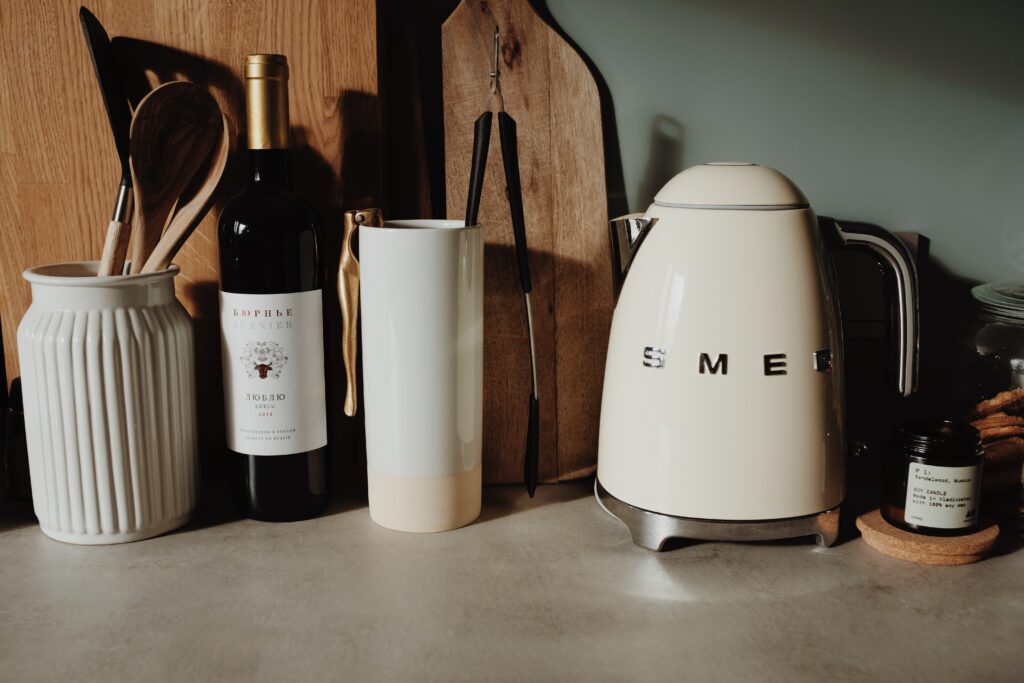Child-proofing your home is no easy task. I’ve met parents over the years who have refused to even entertain the notion of child-proofing anything, with the attitude that they were there first and the child will just have to learn to fit in and adapt.

I can’t get along with this view point, because as parents it is our duty to protect our children. Whilst we can’t wrap them in cotton wool, we can carry out basic child-proofing of our homes to make them more safe for children and less stressful for ourselves.
Children will still trip and fall and hurt themselves, that will happen, but we can at least take away some of the dangers.
While you may already feel that you have done an excellent job of childproofing your home, there’s always a chance that you could have overlooked something.
As a parent, you need to understand that household-related injuries are among the leading reasons children under three years of age visit the emergency room. It makes sense for you always to be prepared for the worst-case scenario.
When it comes to moving large items around the home, such as sofa removals it’s best to move from room to room.
The Living Room
Covered Fireplace

Installing a heat-resistant gate in front of a fireplace is essential, but also check out the type of fire surround or hearth you have as these can prove just as dangerous. Children can fall or perhaps even push each other onto a a stony or sharp hearth. I was really paranoid about this during the toddler years especially, when children are wobbly. I used to pile the cushions from the sofa on the sharp corners and along the edge.
If you have an artificial fire, check for loose stones as some fireplaces have these and they can be a chocking hazard.
Matches and Candles Are Out of Reach

Did you know that it was possible for a small child to start a fire after lighting a match accidentally? It doesn’t matter how developed their motoring skills are; this is always a possibility.
Additionally, if a baby starts to chew on an unlit candle, they could choke on the candle wax. The best thing to do is to ensure the matches and candles are well out of their reach and little fingers can’t be burnt by wax. There have been lots of cases where children have tipped large candles over and been burnt by the wax, so we really want to avoid anything like that.
You could also try using flameless LED candles as a way of mimicking the lighting produced by candles as they flicker.
Unprotected Glass Coffee Table

We have personal experience of accidents with coffee tables (not our own), they don’t even have to be glass to cause an injury. The edge of the table will prove treacherous for any child who’s trying to learn how to walk. If they fall, they can badly cut the eye area and forehead. We’ve had this with our youngest child when they tripped on a thick carpet and fell into a friends coffee table.
Kitchen
Gated Kitchen
The kitchen is one room in the house that’s full of all types of risks. Therefore, it’s best to ensure it remains off-limits whenever there’s no adult in the house. Tons of accidents happen in family kitchens every year, so kitchen safety is really something that you need to take seriously.
Missing Stove Knobs
Make it a point to remove the stove knobs when you’re not cooking. Where possible, use a stove guard to make it harder for the little one to reach the stove burners.
Furthermore, it’s a good idea to become used to using the back burners for cooking and make sure that the panhandles don’t face forwards, where little hands could reach up and grab them.

Easily Accessible Small Appliances
Many toddlers can easily access the kitchen countertop. As a result, the kids can also turn over the appliances with ease, including any other dangerous items you may have lying around.
Check the coffee maker to confirm that its cords aren’t sticking out. Also, walk around the kitchen area to ensure there are no stools left out.
Final thoughts
Childproofing the kitchen and living room areas isn’t an easy task. However, it’s a project that the family can do together. All families have to go through this process for their home at least once or twice. It just requires you to know what to do and what to be on the lookout for when childproofing.
We can’t eliminate all the risks, but we can minimise them.


1 comment
Some very helpful tips to keep opur grandchildren safe.